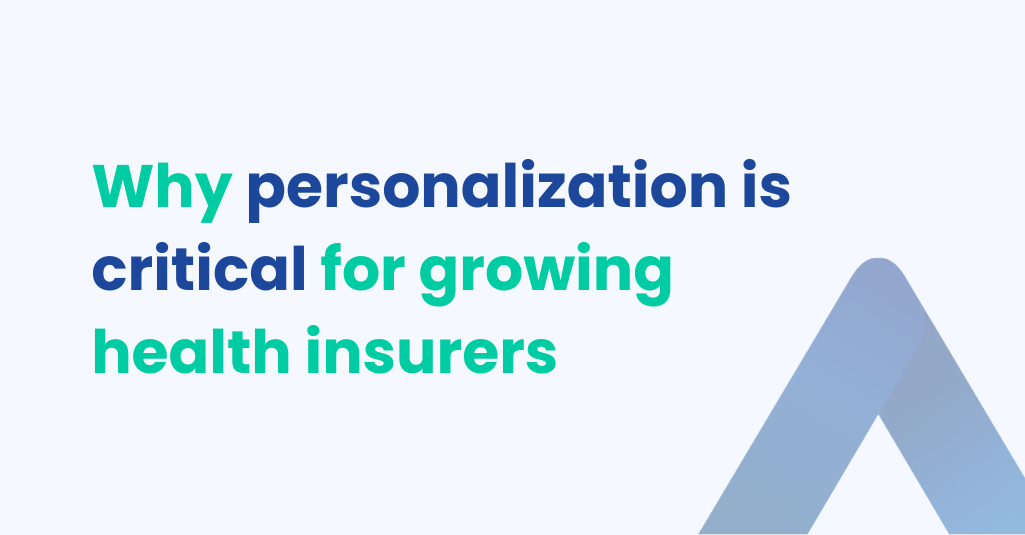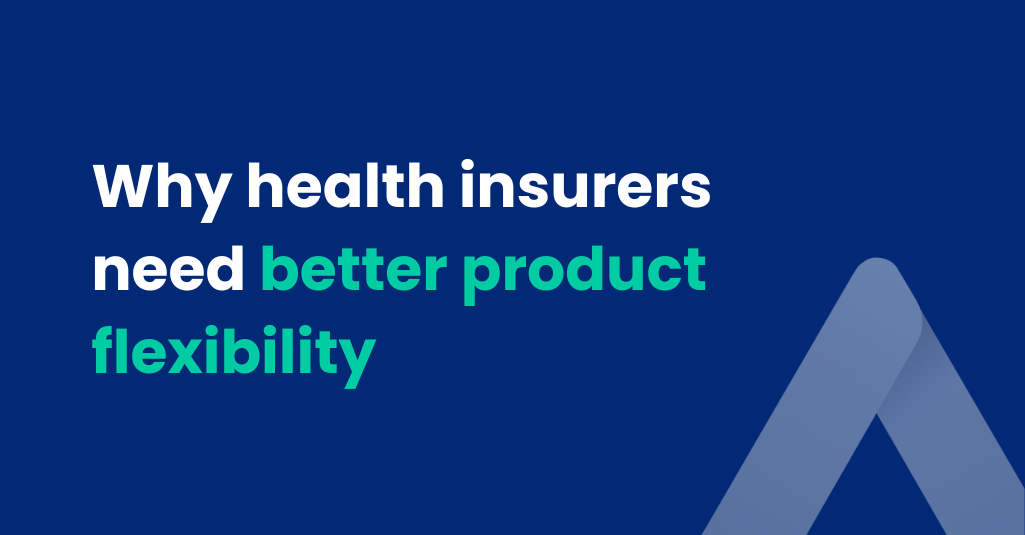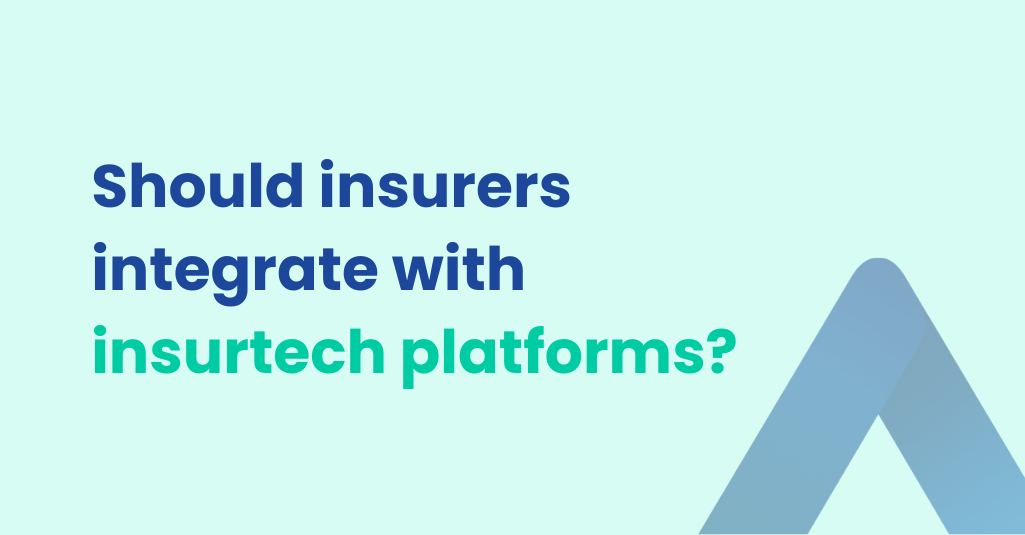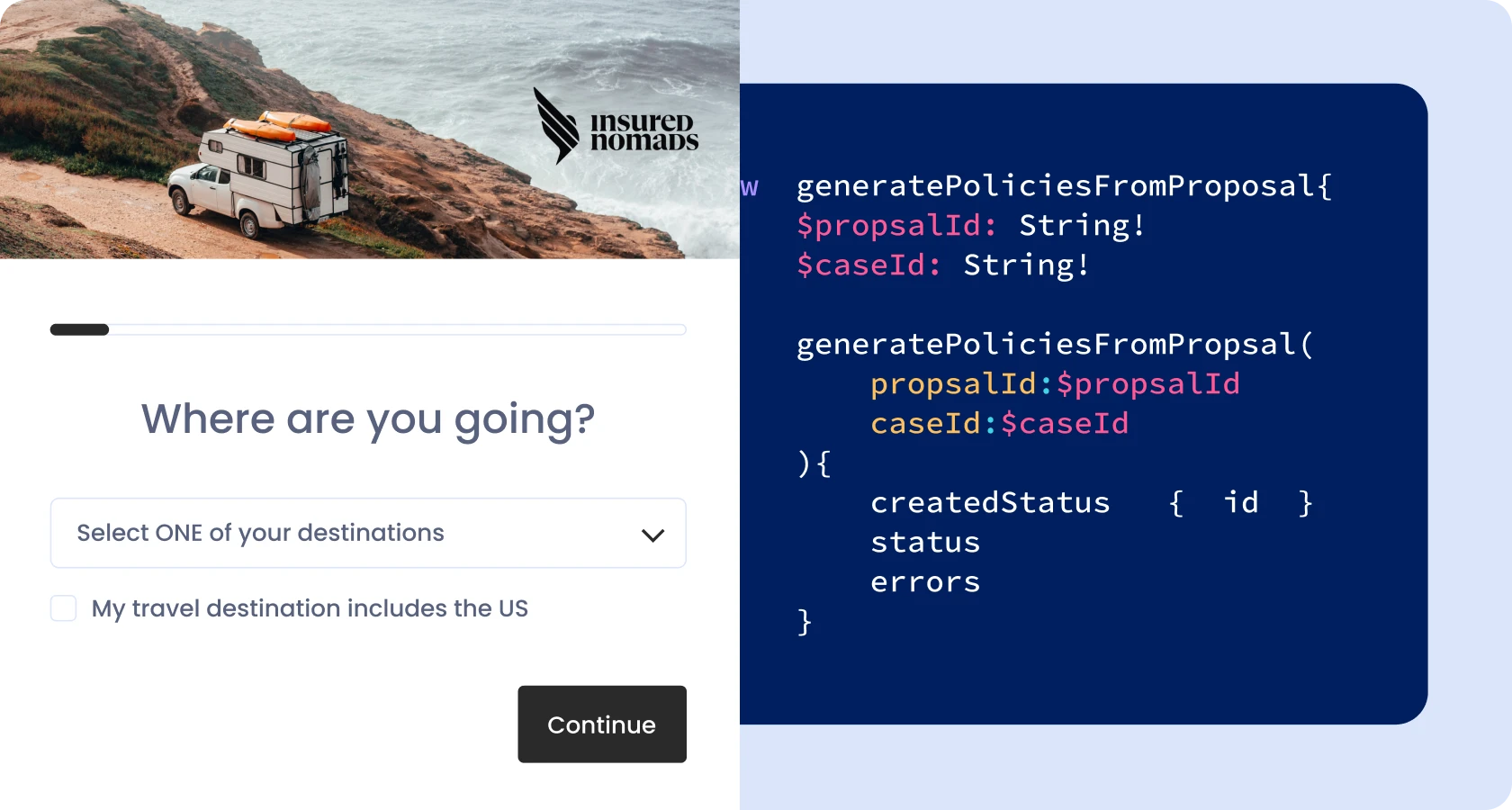Latests posts by FINAOStarterAdmin
Health insurance disruption is killing the legacy core system
Health Core Systems

7 Trends in insurance claims management 2023
Claims Management

Why personalization is critical for growing health insurers
Health

Transitioning from legacy systems to modern insurtech platforms
Insurtech Core Systems

What is insurance management software?
Insurtech

Why policy admin systems need an upgrade
Policy Administration

Why health insurers need better product flexibility
Health

Should insurers integrate with insurtech platforms?
Insurtech

Why old-school thinking is holding back the insurance industry
Insurtech

Why customer experience is crucial for health insurers
Health

The Role of APIs in the digitalization of insurance companies
Insurance APIs

10 Ways to improve insurance claims processes
Claims Management
